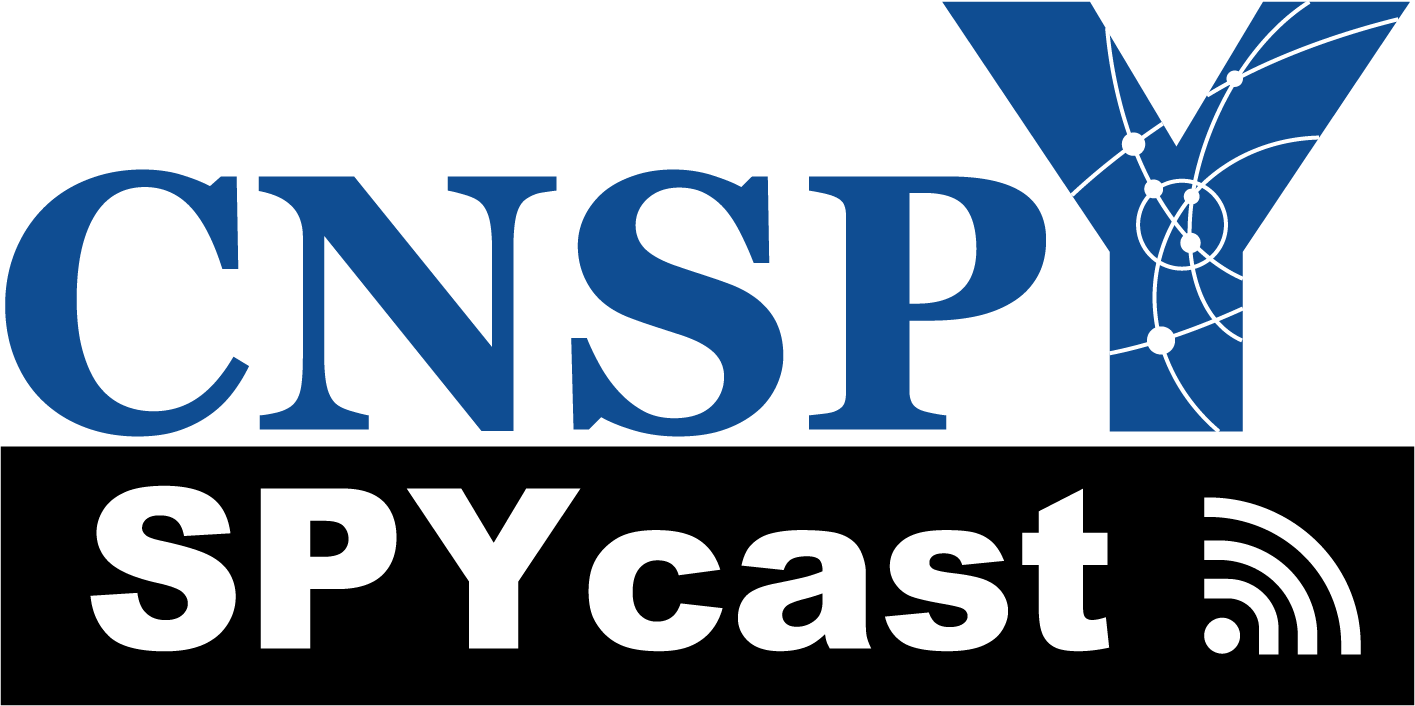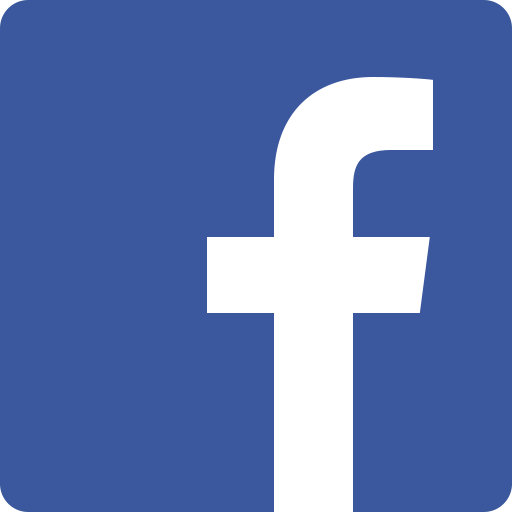Let’s set the stage… There’s a networking event bringing together students, postdocs, and professionals.
The Professional is thinking, “I’m volunteering for this to help others get started in the world. What’s in it for me? Aside from a few free drinks, probably nothing…”
He walks into the room and sees the mass of students eyeing him. He knows he’s the “target” and they’ve all just set their sights on him. He beelines to the bar – this feeding frenzy will be more tolerable if he takes the edge off first. He’s knows this because he’s been to tons of these events before, and they’re all the same…
A group of students will corner him, introduce themselves, and make small talk. They’ll ask incessantly about his position and as more students join the group, he’ll repeat himself and answer all the same questions again… and again, and again. At some point, he’ll finish his drink in a desperate attempt to escape to the bar – not to get another drink, but to break up the steady stream of students encroaching on his space, closing in on him.
He’ll free himself and let out a huge sigh, one of both relief and dread – he knows his inbox will be full of “follow-up” emails tomorrow. But he’ll likely ignore them… after all, he knows nothing about any of them: one was a student, one was a postdoc, yadda yadda yadda, one’s name was Samantha, or was it Sarah? Doesn’t matter…
He’ll repeat this exhausting cycle a number of times throughout the night.
Meanwhile, the Student/Postdoc is thinking, “This will be great. I’ll be able to meet people who can help me. I’ll get their email addresses, follow-up, and hope it leads to a new opportunity for me.”
She gets to the event and scopes out the room. She finds someone who she thinks can help her move forward in her career path. She introduces herself, they talk, she gets his email address, and plans to email him the next day. This worked out so well, and she had a great conversation! This will surely lead to her next career move! Right?
But after her standard follow-up email:
“Dear Mr. Professional,
Thank you so much for taking the time to speak with me last night. I found your company very interesting, and I would love to join the team. I’ve attached my CV/Resume. Please let me know if a position becomes available. Thank you for your time and consideration.
Sincerely, Sarah.”
She never hears back…
What went wrong???
Here’s exactly what went wrong…
The BIGGEST problem with networking these days is the incredible unidirectional expectation that active networkers (aka: students and postdocs, primarily) have.
Let’s break down the situation this way:
The Professional was thinking, “I’m volunteering for this to help others get started in the world. What’s in it for me? Aside from a few free drinks, probably nothing…”
This is a selfLESS approach.
Meanwhile, the Student/Postdoc was thinking, “This will be great. I’ll be able to meet people who can help me. I’ll get their email addresses, follow-up, and hope it leads to a new opportunity for me.”
(And an excerpt from her email, “I would love to join the team… Please let me know if a position becomes available.”)
This is a selfISH approach. A VERY selfish approach.
Students and postdocs EXPECT to get something out of networking, but professionals don’t. It’s very one-sided.
Professionals realize that they have what every student/postdoc in the room wants. They usually agree to participate in the event because they were in those shoes once before, and they want to give back. They really don’t expect anything in return – it’s not like they’ll find their next career move in a sea of graduate students and postdocs!
But what if they COULD get something in return? What if YOU have something THEY need?
Let’s rewind and redo the evening…
The professional walks in, sees the masses, gets cornered, and conversation begins between himself and a student.
During the conversation, the student asks about the website for the professional’s company – she had a tough time navigating it – and the professional responds by saying it’s under construction and rhetorically states that, despite their many accomplishments as a company, website management still isn’t their strongsuit, and he apologizes.
The student then responds, “Oh, my [Uncle, Friend, etc., INSERT relation here] is a web developer/built their own website. I could put you two in touch, and maybe he could help you.”
Suddenly, the student has caught – no, hooked! – the attention of the professional! This conversation is now useful TO HIM. Odds are, he’ll continue speaking with that student, asking her questions about HER connections and eventually about her own studies, etc. The two of them will likely speak for a much longer amount of time than he anticipated, and he’ll also probably continue thinking about their conversation beyond the close of the event.
Then Sarah writes her follow-up email:
“Dear Mr. Professional,
Thank you so much for taking the time to speak with me last night. I found your company very interesting, and I would love to join the team. I’ve attached my CV/Resume below. Please let me know if a position becomes available.
Also, as we discussed, I’d be happy to put you in touch with my [Uncle, Friend, etc., INSERT relation here]. I’m sure he’d be able to work with you on updating some of the features of the company’s website. Let me know if you’d like me to pass your contact information along.
Once again, thank you for your time and consideration.
Sincerely, Sarah.”
Guess what? …She gets a reply from Mr. Professional!!!
The lesson here is that networking should be a Give & Take, not a one-sided, unidirectional stream of help.
Without bringing something to the table, how can we possibly expect something in return? The world has survived on exchanging goods since the beginning of time. Cavemen traded animal hides for weapons, Pilgrims traded shoes for ironworks, and Modern Man trades money for almost everything. How can we expect networking to be any different?
Indeed, it’s not.
The best way to ensure that you get a response to your follow-up email is to bring something to the table.
It doesn’t have to be big either:
- Maybe a company is actively recruiting and you know a great place for him to advertise (like the CNSPY website, digest, and/or Newsletter) #shamelessplug J
- Maybe they’re from out of town… Recommend a good place to eat or give them directions to their hotel. Then be sure to mention in your follow-up, “Hope you enjoyed dinner at [INSERT restaurant here]” or “Hope my directions were clear and you found your hotel!”
- Maybe the way you can help has nothing to do with science at all: I once learned that a professional’s daughter was looking to try out some dance classes, and I happen to know many local studios, so I recommended a place and forwarded web links to the class sign-up pages.
Or perhaps you can, in fact, help in a big way:
- Maybe they’re interested in giving a seminar about their company (or research) and you know the organizer for your department’s weekly seminar series.
- Maybe you’re in an academic setting and the Junior PI you’re speaking with is interested in meeting Dr. Big Name PI, who just so happens to be YOUR boss.
- Maybe the Start-Up CEO is looking to get their idea picked up by a larger company, and you know someone who works at Roche, Fischer, Genetech, etc.
No matter what it is… no matter how big or small… Bring Something To The Table!
Think about how YOU can help THEM before you think about what THEY can do for YOU.
Because those who give, end up receiving far more than they ever expected…
So get out there and start giving!
** What did you think of this post? Have an experience that relates to this? **
Share your thoughts below by clicking the “Leave a Reply” link or by clicking the chat bubble in the top right of the post.






October 2, 2014 at 3:43 pm
Fantastic. This post really resonates with what I have been working on myself lately. You should consider reading this book. http://www.amazon.com/The-Cathedral-Within-Transforming-Something/dp/0375758291
October 4, 2014 at 9:39 am
Wow, that book is particularly relevant to this topic! Thank you for suggesting it!!
March 5, 2024 at 6:49 am
This is a thoughtful post, also there are famous and wonderful CIPD level 5 assignment help is very beneficial for students in learning writing tricks online affordably and achieving good scores.
February 20, 2023 at 8:23 am
The Professional is thinking, “I’m volunteering for this to help others get started in the world. What’s in it for me? Aside from a few free drinks, probably nothing…”
https://www.mywatchesuk.com/
September 4, 2023 at 10:02 pm
Rolex ha sempre affidato al proprio centro di ricerca il compito di essere all’avanguardia nei materiali e nella tecnologia: non sorprende che nel 1985 sia stata la prima casa orologiera a scegliere per i suoi segnatempo l’acciaio 914L, audemars piguet replica un tipo di lega Special con ottima resistenza e lucentezza.
November 10, 2023 at 3:52 am
Rolex è il più grande produttore di cronometri certificati realizzati in Svizzera; probabilmente, più della metà di tutti gli orologi panerai replica certificati COSC (Contr?le Officiel Suisse des Chronomètres) prodotti nel 2005 appartenevano al gruppo e nel 2022 sarà molto di più.
April 26, 2024 at 9:37 am
This is some reason why western education is enormous and heavyweight. It is thoughtful though. I love to read this series of lesson. Make my brain so hot